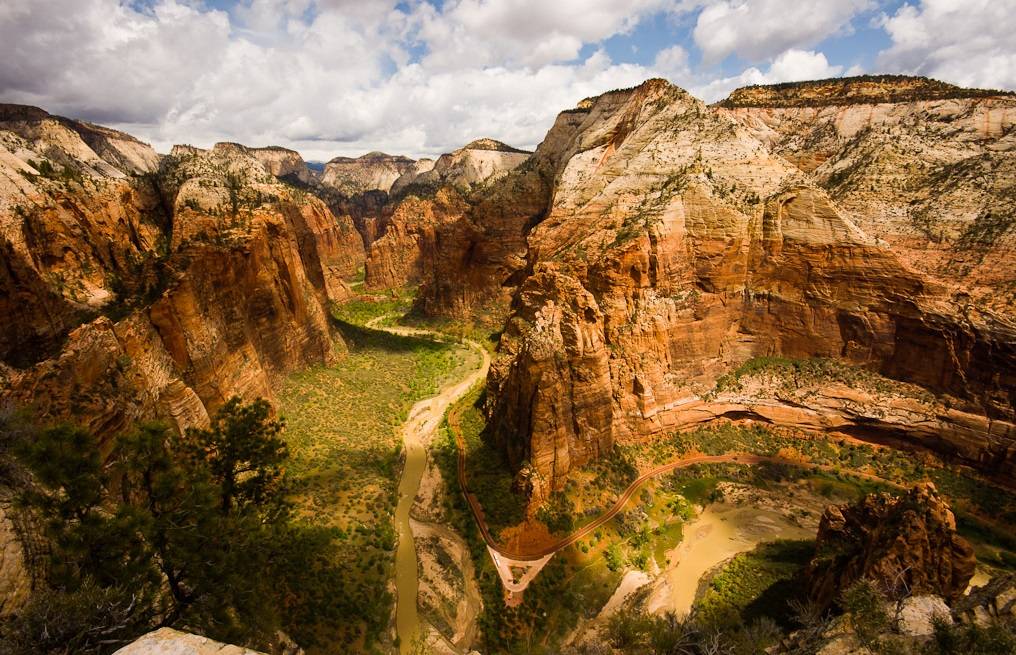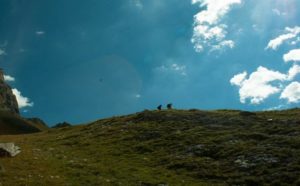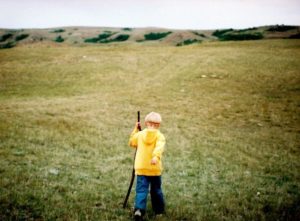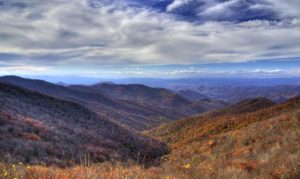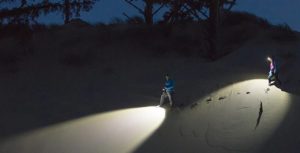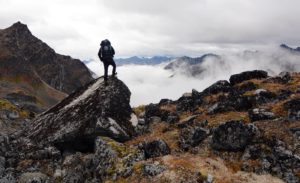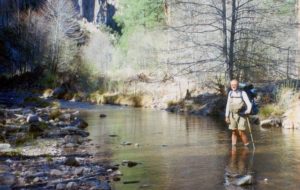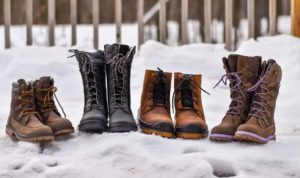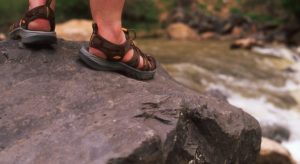Safety is always a concern when hiking and/or backpacking. The decisions we make as we encounter complications along our way can lead us to experiences we remember for the right or wrong reasons.
Two trips come to mind, that I have made recently, where some decisions made were smart and some weren’t.
The Smart Plan
On the first of these two excursions, I had planned a day hike that would make a fairly lengthy loop using multiple trails. The area had received three to four inches of rain two days before I arrived in the area. The trek began at higher elevation and slowly worked its way down into a gorge.
At the bottom of the gorge, was the East Fork Pigeon River. There were no footbridges to cross on, so using rocks would be the most likely means of crossing, obviously. Well, the river had swollen to the extent that rocks couldn’t be used to get across in a dry manner.
The alternative would be to wade through the swift current. This is where I made the “smart” decision mentioned earlier. The air was quite chilly, probably in the mid 40’s, and wading would ultimately lead to getting wet nearly to the waist. Having no dry clothes to change into, nor wanting to risk injury fighting slippery rocks and the current; I aborted my plan, backtracked, and returned to my starting point.
The Not So Smart Plan
The second trip would bring about a set of slightly different circumstances. After planning another day hike, consisting of a loop that eventually climbed up to a rock outcropping, I set out in the snow and ice. Can you tell what may be coming? The trail led me to the rocks, where the idea was to traverse the outcropping, picking the trail back up at the other end.
The rocks sloped gently, until they dropped off straight down several hundred feet. There was a build up of snow and patches of ice across the rocks. Letting my ego get the best of me, not wanting to abort another trip, or succumb to a challenge, I began making my way across the outcropping. This was the “not so smart” decision.
A few yards out, I hit a patch of ice hidden by snow, which quickly swept me off my feet. I hit the ice and began sliding down the slope toward the cliff’s edge. With a bit of good fortune, I grabbed a solid piece of ice that resembled the horn on a saddle, stopping my momentum. I managed to get myself back together, and continued to work my way across, only this time being far more cautious, and sticking very close to the vegetation along the safer edge of the rock.
Conclusion
In the second scenario, there were several smarter options. One, backtracking and returning safely to the trail head without the risks. Another option would have been to backtrack part the way and try to link back up with the trail, by cutting through the woods and bypassing the rocks.
Taking unnecessary risks while solo hiking or hiking with a group is quite senseless really. Its better to have your plans thwarted and return safely, than to take a chance at serious injury or death. When on the trail, always think smart.

